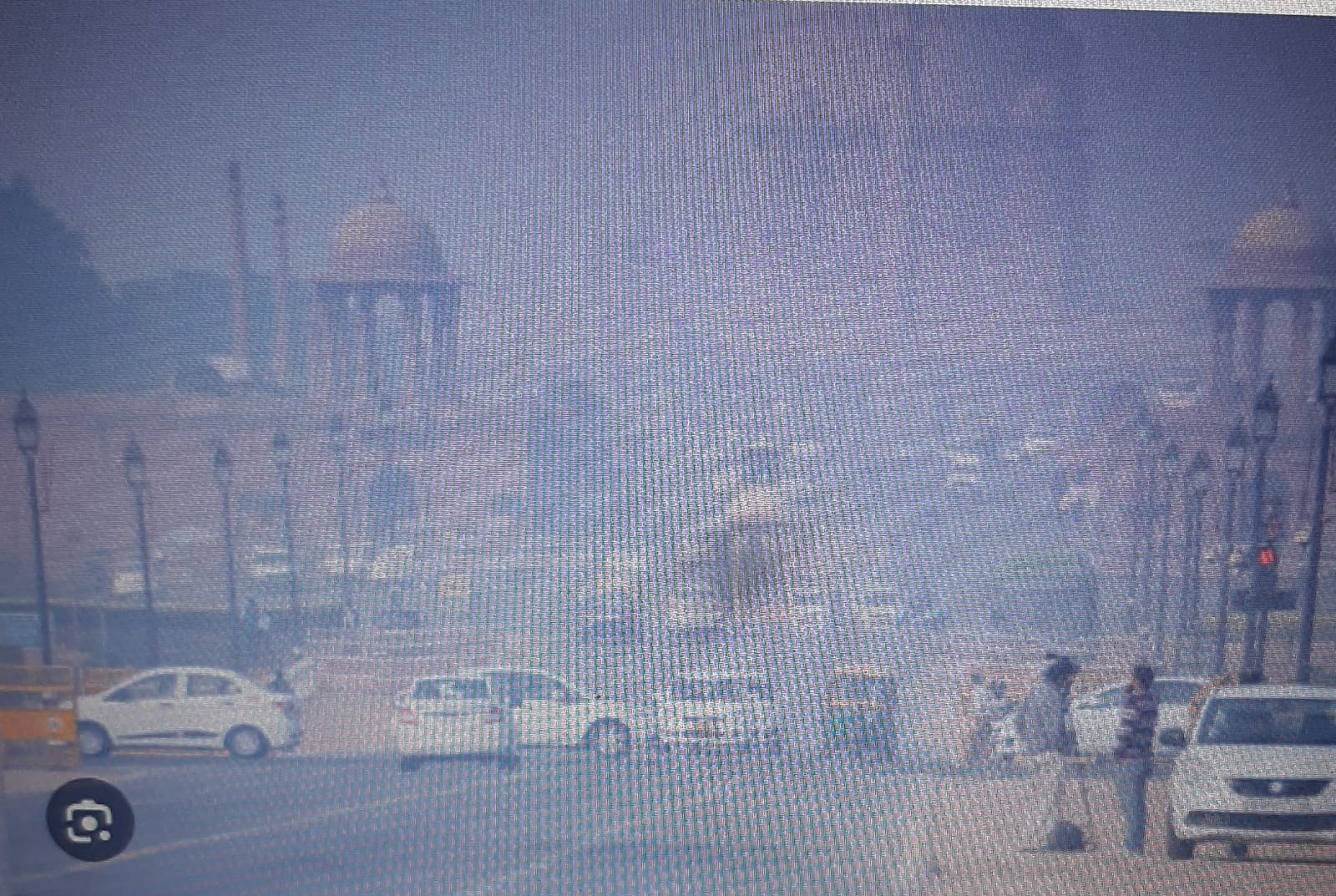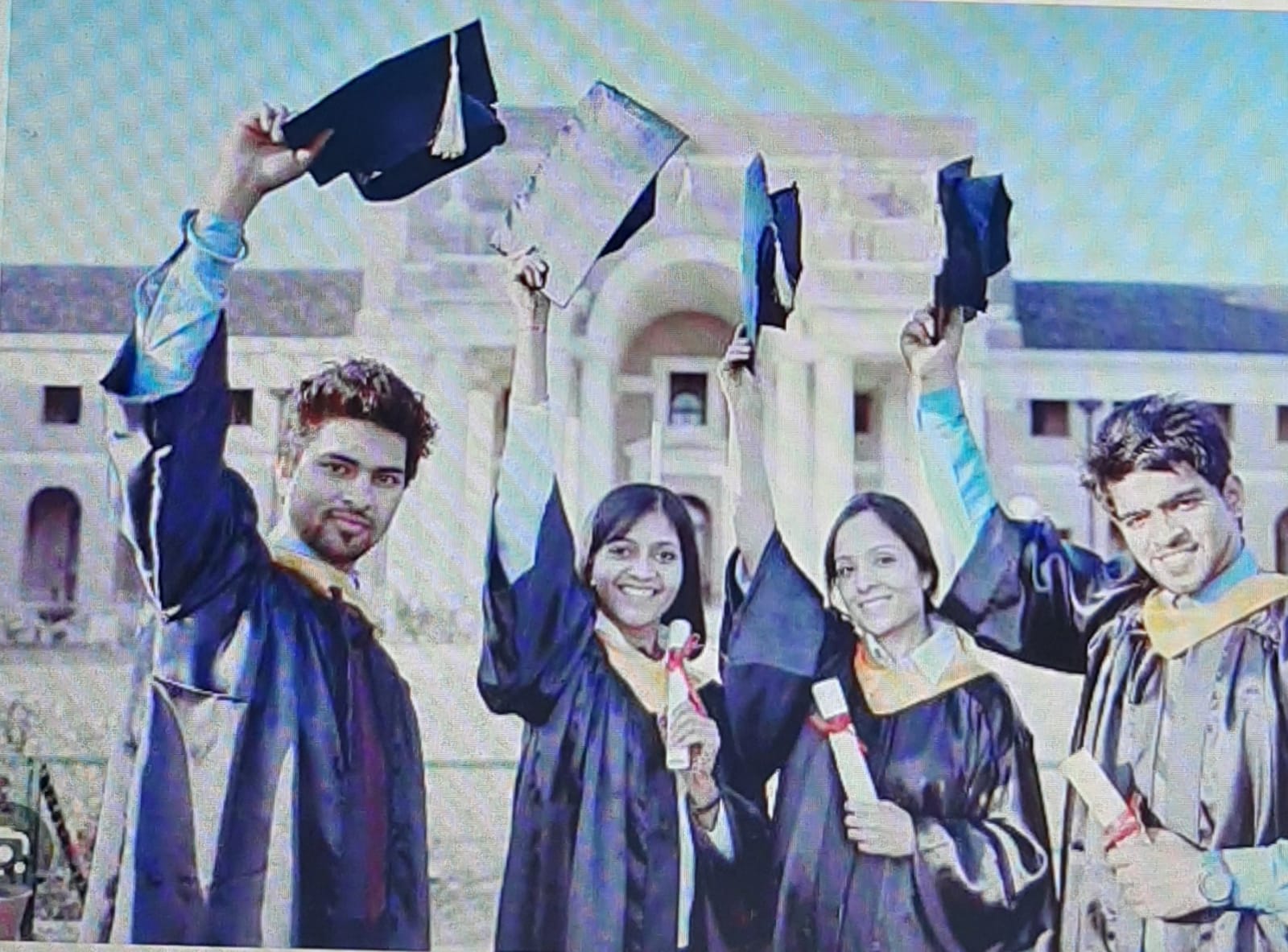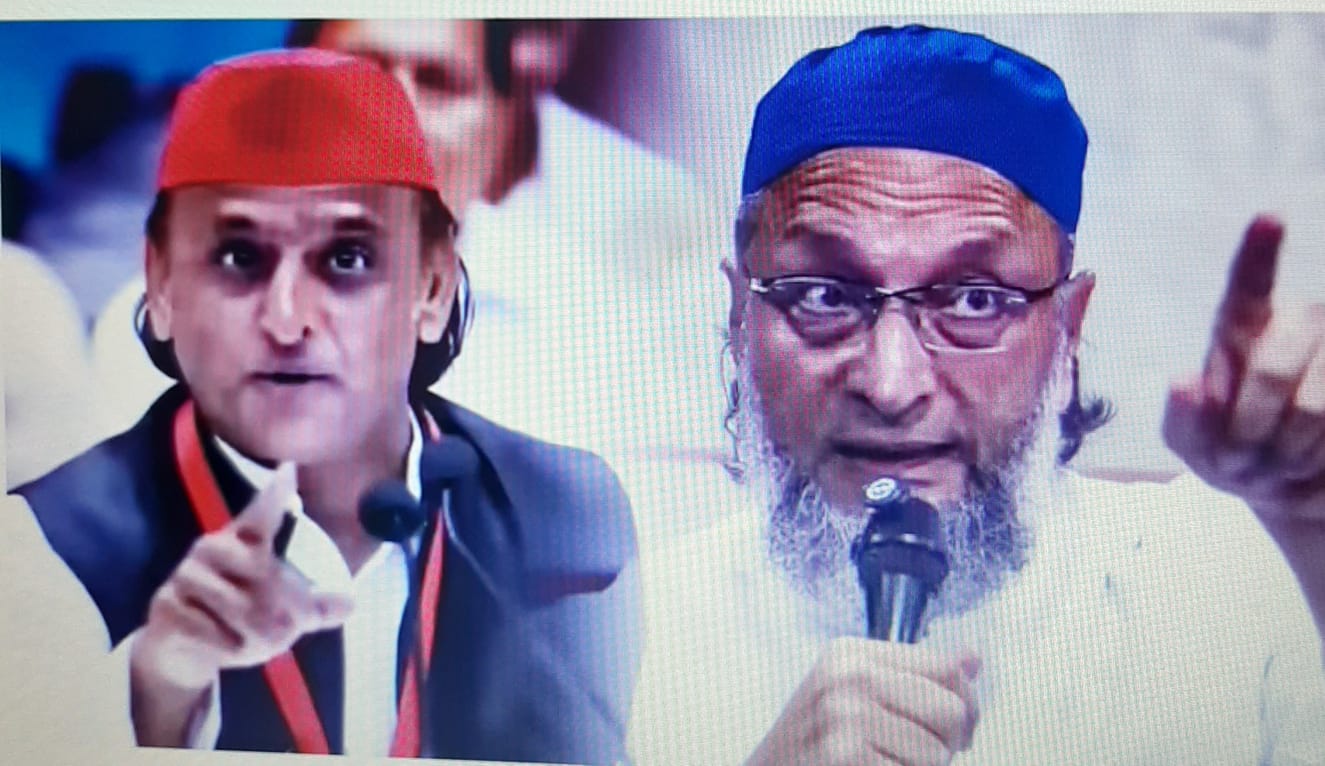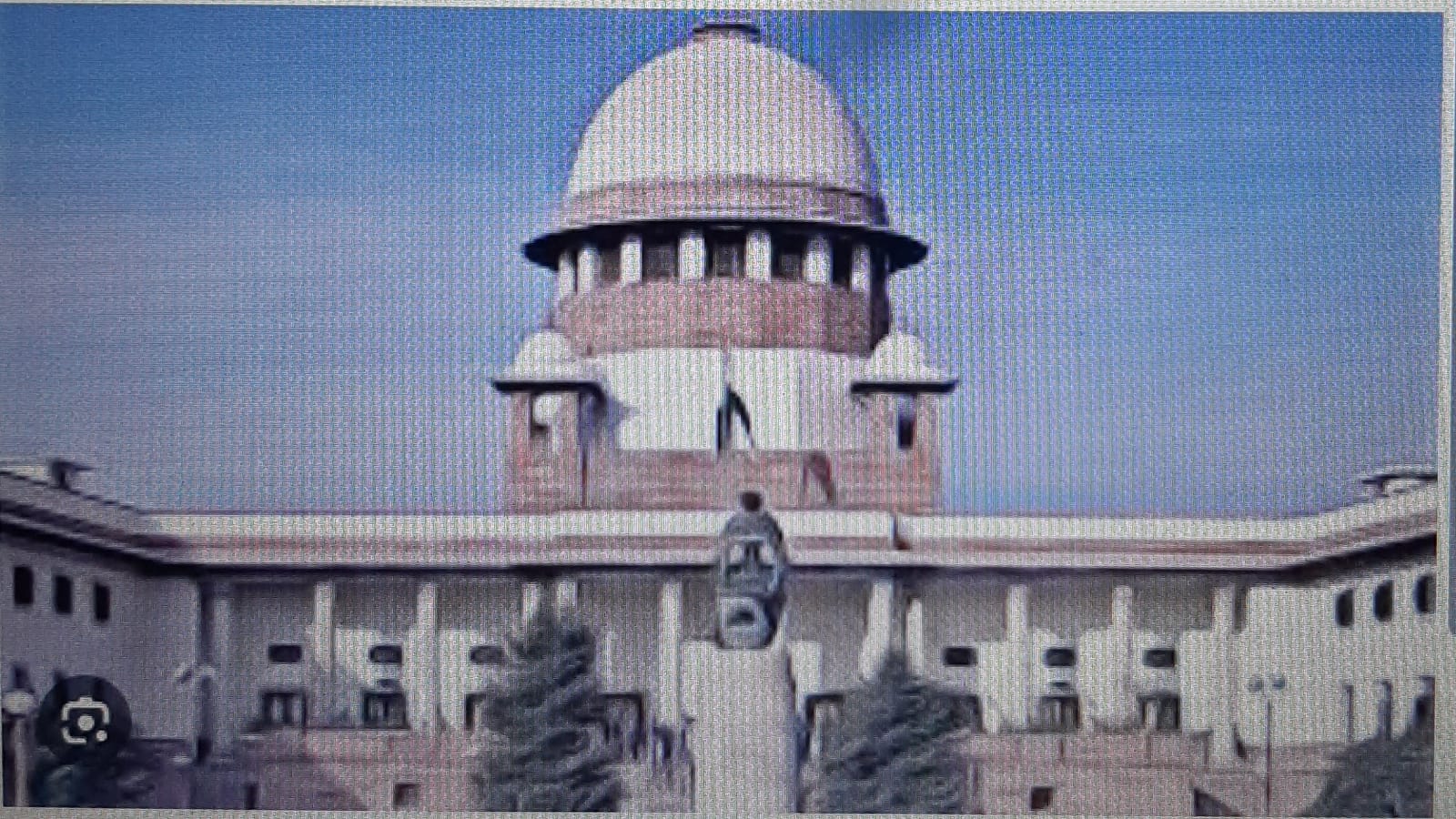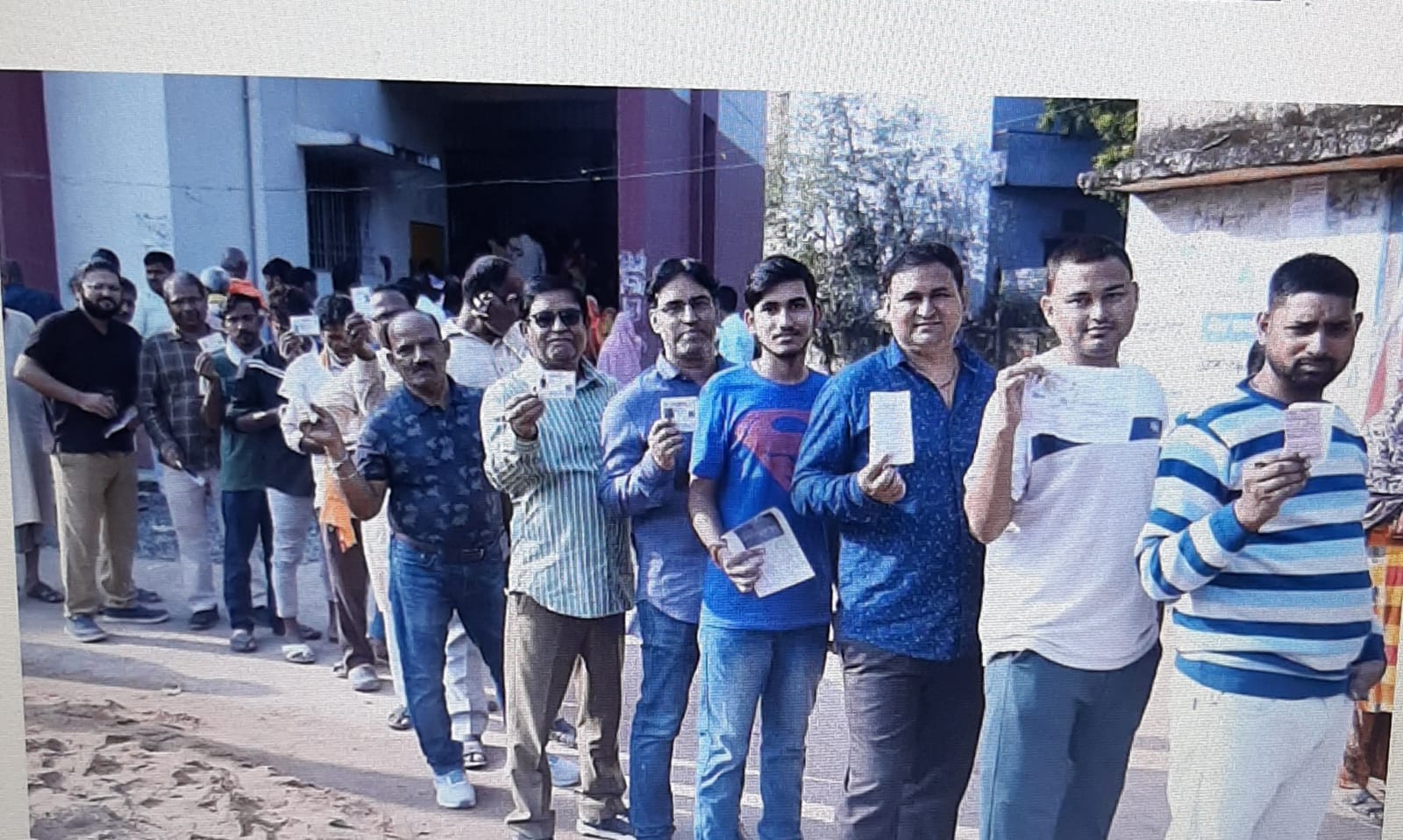
Separation of powers and a system of checks and balances among the three arms and the three tiers of government are part of the constitutional mechanism laid down to prevent ‘concentration’ and consequent ‘abuse’ of power by any one arm or tier of government, writes former IAS officer Sunil Kumar
Each day one feels a sense of disquiet after the morning chore of scanning the newspapers. Where are we headed? Is all well with our institutions? Or are they being systematically stymied? Are they working at cross-purposes with the right hand not knowing what the left hand is doing? These questions demand close scrutiny.
In any functioning system of government, we have the three arms of executive, legislature and the judiciary. Their composition, powers and functions are laid down in the Constitution and the laws framed thereunder. Then in federal states, there is the union government and the state government. Local governments complete the triad.
Separation of powers and a system of checks and balances among the three arms and the three tiers of government are part of the constitutional mechanism laid down to prevent ‘concentration’ and consequent ‘abuse’ of power by any one arm or tier of government.
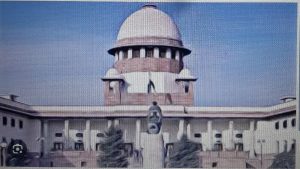
The Indian Constitution has been widely hailed as the best constitution in the world and we believe it is so. The power of judicial review granted to the constitutional courts – the High Courts and the Supreme Court – has brought to the fore the simmering tension between the legislature and the judiciary. Presently, it appears that the legislature and the executive took the striking down of the National Judicial Appointment Commission (NJAC) Act, 2014 (which was virtually unanimously passed by both Houses of Parliament and ratified by 16 State Legislative assemblies) by the Supreme Court in the Fourth Judges’ Case in October 2015[i] as an affront to legislative supremacy. In the case of the Appointment of Election Commissioners, the executive wasted no time in overturning the decision of the Supreme Court.[ii] More recently, events like the Delhi Fire Brigade officers stumbling upon bagfuls of half-burnt cash in the course of putting out a fire in the official residence of the second senior-most judge of the Delhi High Court and the sequence of events thereafter, have raised a storm in political and legal circles.
In order to appreciate the present developments, we need to delve briefly into the past. The period from 1950 to 1975 witnessed a series of dramatic events in the legislature and the courts. Petitions were filed in High Courts challenging decisions of the Speaker of State Legislative Assemblies.[iii] These cases pertained to disqualification of MLAs and even exercise of power to punish for contempt of the House. In one matter, the clash even went to the extent of the Legislature ordering the presence, in custody, in the Uttar Pradesh Vidhan Sabha, of two sitting Judges of the High Court for having ordered the release of petitioner Keshav Singh, sentenced by the Legislature, in a Habeas Corpus case. The constitutional crisis were averted through sagacious advice rendered by the Supreme Court in response to the Presidential reference[iv] and intervention by different constitutional authorities, which helped in clarifying the position and laying down the ‘lakshman rekha’ for both the legislature as well as the judiciary.
The exercise of the power of judicial review and the striking down of some constitutional amendments and laws passed by the Parliament and State Legislative Assemblies have always remained contentious. The case of judicial appointments to higher judiciary, wherein the power was taken away from the executive and has been exercised by the ‘Collegium system’ of the Supreme Court since 1993[v] , remains one such live issue where the executive appears to be ‘smarting’ at the ‘audacity’ of the Supreme Court. As long as we had coalition governments in power at th e centre between 1990 to 2014, the executive did not openly challenge the judiciary. However, things have assumed a graver complexion since the NDA government came to power again in 2014. As Gautam Bhatia has pointed out, “ With the vanishing difference now in India between the executive and Parliament, the role of the court in preserving and protecting legislations ……. has only grown in importance[vi].”
A tendency to ‘bulldoze legislations’ through Parliament, without referring bills for due consideration by the Standing Committees, or even adequate debate in the House has been noticed and commented upon by noted political scientist Prof. Suhas Palshikar in his Asghar Ali Engineer Memorial Lecture delivered in Mumbai on September 1, 2024. Something as momentus as the system of Electoral Bonds was made part of the Finance Bill and passed without adequate discussion in the Parliament. This is symbolic of weakening legislative control over the executive. The functioning and effectiveness of the Standing Committees of Parliament, which used to provide the ‘space’ for bipartisan examination of bills away from the din and glare of ‘on camera’ proceedings of the House and where the bureaucracy could also voice it’s views candidly, also seems to be waning over time.
Following the 2015 judgement in the Fourth Judges’ case, the deadlock between the Supreme Court and Ministry of Law over appointment of judges to High Courts and Supreme Courts between 2015 to 2023, when there were instances of no decision being taken on SC recommendations for over five years,[vii] seems to be a reflection of the executive ‘smarting’ at the rebuff delivered to an elected government reflecting ‘popular will’. The faceoff between the executive and the judiciary assumed crisis proportions and the SC even had to monitor appointment of Judges by threatening to initiate a Contempt of Court case and ‘warning’ Government of India.[viii]
However, without getting into the details of the strife between the executive and the judiciary, at this moment it seems that the executive would make another determined bid to wrest this power from the Supreme Court using the present public outrage over reported accidental discovery of huge amount of cash from the official residence of a sitting judge of High Court! Coincidentally, the special court of CBI has on 29th March 2025 acquitted Justice Nirmal Yadav (retd.) of Punjab and Haryana High Court and all other four accused in a case involving wrong delivery of a packet of Rs.15 lakh meant for Justice Yadav (for delivering a favourable verdict in a case) to the residence of another judge Ms. Nirmaljeet Kaur in 2009. What would come out of the present situation is anybody’s guess. The judiciary seems to be caught between the devil and the deep sea![ix]
It appears that the adoption of the practice of letting the executive get away with the practice of submitting material to the Court in ‘sealed’ covers, in case after case ostensibly on grounds of being sensitive and affecting national security, has deeply impacted the credibility of the Higher Courts. The practice of conducting entire Court proceedings in ‘open court’ went a long way in establishing credibility of the court in public eye. Critics feel that the removal of the blindfold of ‘Lady Justice’ and the replacement of the sword in her hand with the constitution in the new emblem unveiled by the CJI in October 2024 is also perhaps symbolic of the tilt of the SC towards the executive. Be that as it may, the fact remains that relations between the executive and the judiciary remain frayed.
What is publicly stated and professed is rarely the real reason. Had restoring credibility, accountability and transparency in higher judiciary been the goal, then maybe discussions would have veered around the need to reintroduce The Judicial Standards and Accountability Bill, 2010 which was passed by the Lok Sabha in March 2012 but could not be introduced in the Rajya Sabha and lapsed once the 16th Lok Sabha was constituted. This Bill was intended to replace the Judges (Inquiry) Act, 1968 and had provisions requiring judges to declare their assets, laid down judicial standards and established processes to address impropriety and removal[x]. It must be borne in mind that, till date, not a single HC or SC judge has been successfully impeached and removed from office even when talk of corruption in the judiciary has gained currency. It would appear that the real reason behind talks of revival of the NJAC Act is to use this crisis as an opportunity to re-establish supremacy of the executive in the judicial appointment process!
Much continues to be written about the pros and cons of the SC judgment in the Second and Fourth Judges’ Case. Undoubtedly, the delicate balance among the three arms of government: executive, legislature and judiciary has been disturbed.
First let’s examine the relationship between the legislature and the judiciary. Over the years, while laying down the principle that the powers of the legislature exercised through the Speaker especially in matters related to disqualification of members was not supreme and could be subject to judicial review, the Courts had adopted a cautious approach and refrained from crossing the invisible and undefined ‘lakshman rekha’ of issuing clear directions to Speakers in the exercise of their powers granted in the Tenth Schedule of the Indian Constitution. This was evident in the case of disqualification of Shiv Sena MLAs in the last Maharashtra Assembly, where despite several provocations and demand of petitioners, the SC did not specify any deadline for the Speaker to take a decision. A PIL for laying down a time-frame for Speakers to take decisions in such matters is currently being heard by the Supreme Court. Likewise, even in the case involving the revocation of Article 370, a perusal of the SC judgment seems to suggest that the Court took a lenient view of the machinations of the executive and the legislature to sidestep the spirit, if not the letter, of the constitutional provisions and perhaps did not want to upset the apple cart, so to say.[xi]
As far as the relationship between the executive and the judiciary is concerned, the growing number of Contempt of Court cases seems to suggest that all is not well between the executive and the judiciary. We are currently witnessing apparent violations of the SC judgment delivered on November 13, 2024 regarding use of bulldozers to destroy property of accused without adhering to the due process of law in several States. Several contempt of court cases are pending in the SC and it’s final decision in such cases would be watched with interest. Oral observations of SC and/or HC Judges during the course of hearing, while making headlines, carry no legal weight. How the executive would react to any decision of SC if it actually holds any officer guilty of contempt of court and sentences them remains to be seen. So far, officials seem to be confident that no harm would come their way as they are reportedly carrying out the diktat of the government. This seems to be borne out by the judgment of the SC delivered on 1st April, 2025 wherein it stopped at imposing a compensation of Rs.10 lakh each to all six private citizens whose homes were illegally razed to the ground by officials of Prayagraj Development Authority in Prayagraj, Uttar Pradesh in March 2021 without following the due process of law. Court refrained from holding the officials personally responsible. Consequently, it is likely that the penalty would be paid from public funds, no responsibility fixed on officials for indulging in ‘illegal’ activity and the episode would be quickly forgotten.
On the other hand, we also have a situation where the extra-ordinary powers of the HC /SC to commence Contempt of Court cases seem to be abused by a section of petitioners, lawyers and some departmental officers acting in concert. Here I will give one example pertaining to Education department in a State. In cases relating to appointment or termination of services of teachers in ‘government aided schools’, all powers are vested in the District officials. However, the respondents at the district level first collude to ensure that the counter-affidavit is not filed in time and once the orders are passed, they do not implement them on the pretext of seeking guidance from Government. In almost all cases, appeals get time barred and are not effectively pursued either. Then Contempt of Court cases are filed wherein the Principal Secretary/ Secretary of the department is made a party. Here again these officials ensure that reply is not filed in time and then the HC orders ‘personal’ appearance of the Principal Secretary /Secretary. On such occasions, more often than not, the officials are humiliated in open court and virtually coerced to pass orders to escape conviction and punishment! This is a case where the collusion of a section of the departmental officials, petitioner and the lawyers results in total breakdown of the system. Several of these cases entail payment of dues running into lakhs of rupees. Allegedly, corrupt and collusive advocates and officials share a large part of this payment made to the petitioner.
The net result is that a large section of the higher bureaucracy feels that they are being unfairly targeted by the judiciary. In several Special Leave Petitions (SLPs), the SC has had to intervene. The SC has finally laid down the Standard Operating Procedure on personal appearance of Government officials in Court proceedings.[xii] The Court held inter alia that
“The conduct of the High Court in frequently summoning government officials to exert pressure on the government, under the threat of contempt, is impermissible. Summoning officials repeatedly, instead of relying on the law officers representing the government or the submissions of the government on affidavit, runs contrary to the scheme envisaged by the Constitution.”
How well these directions of the Supreme Court apply to the High Courts and whether there would be any change in the situation remains an open question. In recent times we have witnessed the sad spectacle of some High Court judges openly questioning the authority of the Supreme Court. Orders of Supreme Court continue to be routinely flouted by subordinate courts in cases involving grant of bail so much so that SC has had to observe that the process of trial itself has become punishment instead of the sentence itself after free and fair trial.
Efforts of the executive to whittle away, piece by piece, at institutions such as the Central Information Commission by first keeping posts of Information Commissioners vacant for long periods of time[xiii] and then downgrading their status seems to be acts aimed at weakening new statutory institutions that had come up for enforcing constitutional rights and were acting as an important instrument of system of checks and balances.
Thus, what one is witnessing today is erosion of credibility of all three arms of government. Open flouting of rule of law and non-adherence to due process of law poses a significant challenge to authority of constitutional institutions. Unholy coalition of any two arms of government against the third threatens the delicate balance of power laid down in the Indian Constitution. Undermining of the system of checks and balances, separation of powers degrades constitutional values.
It seems the project of having a ‘committed’ executive, that commenced during the term of Mrs. Indira Gandhi in the 1970s, is nearing completion now. The idea of having a ‘committed judiciary’ seems to be gathering momentum and truly independent and neutral civil servants and judges are increasingly becoming hard to come by! As for politicians, they have become truly ‘non-committed’to any ideology or party. They switch sides and positions as quickly as they change clothes and they emerge lily white!
Now is the time to step back, pause and reflect upon where we are headed. Undermining any one arm of government or bringing it into disrepute would permanently damage the constitutional fabric of the country. We would do well to bear in mind that in our anxiety to further personal and sectarian interests we do not end up decimating the very idea of India, that is Bharat, itself. The Indian Constitution continues to be the last hope for the poor, marginalised, minorities and unprivileged sections of Indian citizens. And the highest law of the land protects and safeguards the bonafide interests of all citizens in our democracy. In damaging it and violating it, we do so at our own peril.
(Shri Sunil Kumar is a former civil servant. Views expressed are personal.)
ReferencesHYPERLINK \l “_bookmark6”
[i] https://www.scobserver.in/journal/commissions-and-omissions-appointments-of-judges/
[ii] Chief Election Commissioner and Other Election Commissioners (Appointment, Conditions of Service and Term of Office) Act, 2023
[iii] Keshav Singh vs Speaker, Legislative Assembly And Ors. on 10 March, 1965 Equivalent citations: AIR1965ALL349, 1965CRILJ170
[iv] In The Matter Of: Under Article 143 Of The … vs Unknown on 30 September, 1964 Equivalent citations: AIR1965SC745
[v] Supreme Court Advocates-On-Record … vs Union Of India on 6 October, 1993 Equivalent citations: AIR 1994 SUPREME COURT 268, 1993 (4) SCC 441, 1993 AIR SCW 4101, (1993) 5 JT 479 (SC), (1993) 5 SERVLR 337
[vi] Unsealed Covers: A Decade of the Constitution, the Courts and the State; Gautam Bhatia, p.296, Harper Collins, 2023
[vii] Case of Advoacte Saurabh Kripal for appointment as Judge of Delhi High court was cleared after more than 5 years in 2023 after SC collegium reiterated its recommendation twice.
[viii] https://www.hindustantimes.com/india-news/sc-to-monitor-govt-action-on-collegium-s-judge- picks-101695756856035.html
[ix] The judiciary’s ‘between a rock and hard place’ moment : Solutions to address the key issues of misconduct and corruption and appointments exist, while also keeping the independence of the judiciary intact – Prashant Bhushan, March 28, 2025, The Hindu
[x] Blog by V.Venkatesan, Senior Associate Editor in Supreme Court Observer, Saturday, 29th March, 2025
[xi] SC Judgment Delivered on 11 December, 2023 in Writ Petition (Civil) No. 1099 of 2019 RE: Article 370 of the Constitution
[xii] Judgment delivered on January 3, 2024 by three judge bench of SC in Civil Appeal Nos 23-24 of 2024, Special Leave to Appeal (C) Nos. 8575-8576 of 2023, The State of Uttar Pradesh & Ors. Versus Association of Retired Supreme Court and High Court Judges at Allahabad & Ors.
[xiii] SC is hearing a W.P.(C) No. 436/2018; MA 1979/2019 filed by Anjali Bhardwaj & Ors vs Union of India & Ors regarding filling of vacancies in Central and State Information Commissions.


